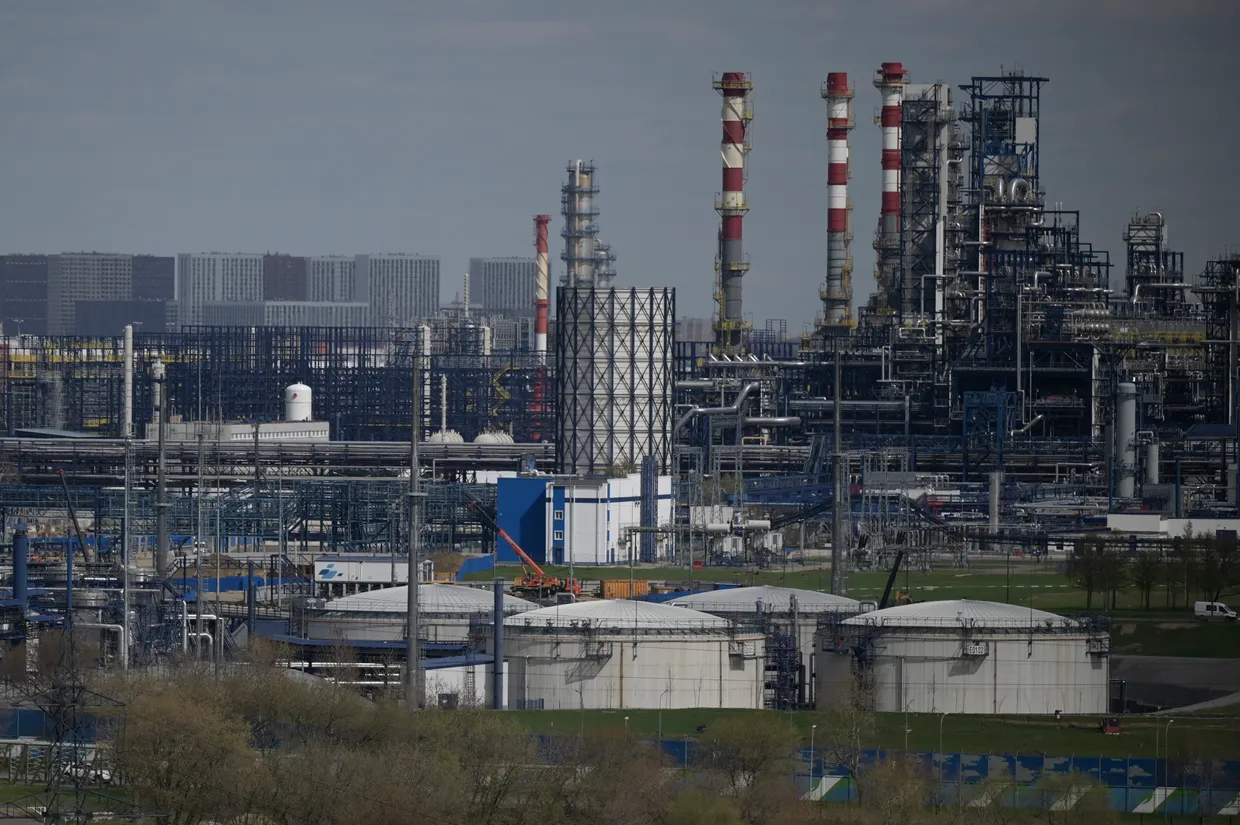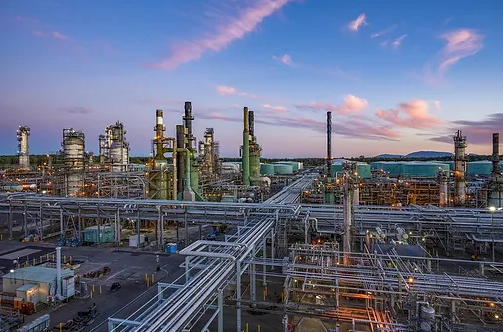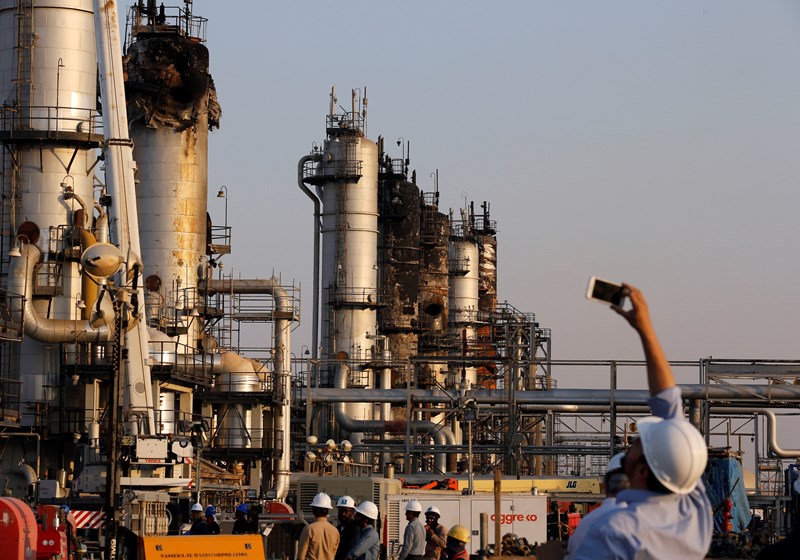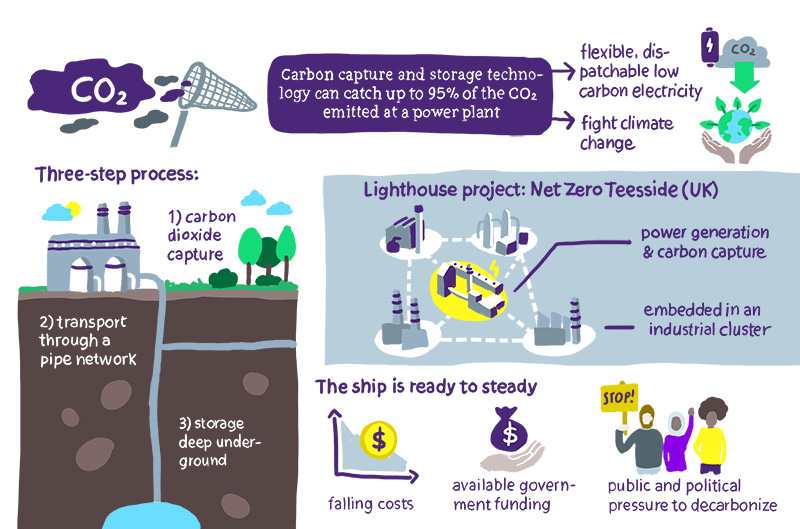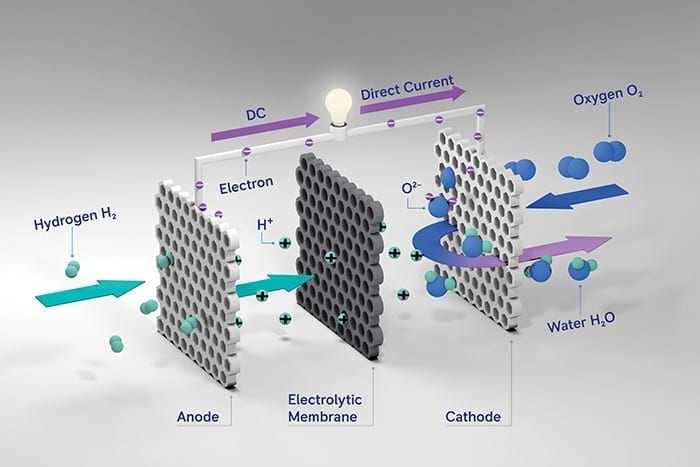The new renewable energy projects will contribute to the company’s goals of achieving 80% renewable energy by 2024, 100% renewable energy by 2030 and net-zero carbon by 2040.
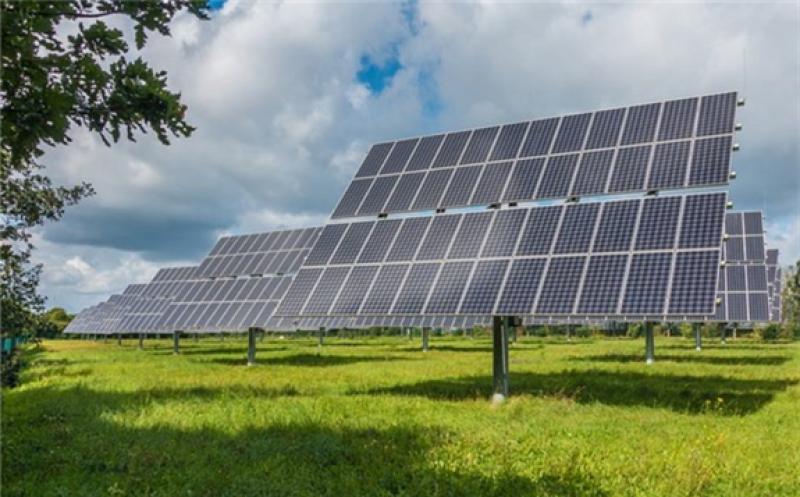 Amazon announces new solar projects in China, Australia, and US. (Credit: Pixabay/Sebastian Ganso)
Amazon announces new solar projects in China, Australia, and US. (Credit: Pixabay/Sebastian Ganso)
US-based online retailer Amazon has unveiled five new utility-scale solar power projects to power its global operations in China, Australia, and the US.
The new renewable energy projects are expected to support the firm’s aim to achieve 80% renewable energy by 2024, and 100% renewable energy by 2030 and net-zero carbon by 2040.
A 100MW solar project in Shandong is one of the five renewable energy projects and is said to be the firm’s first renewable energy project in China.
Once operational, the Shandong facility is expected to generate 128,000MWh of renewable electricity per year.
Amazon sustainability vice-president Kara Hurst said: “These five new renewable energy projects are a critical part of our roadmap to reach this goal. In fact, we believe it is possible to reach 100% renewable energy by 2025, five years ahead of the goals we announced last fall.”
The Australian solar project will have capacity to generate 250,000MWh power per year
In Australia, the firm has announced a 105MW solar project, which is said to be its second renewable energy project in the country and is located in New South Wales.
It will have the capacity to generate 250,000MWh of renewable power annually which is equivalent to supply electricity to 40,000 average Australian homes.
The firm has announced two new projects in US that include a 200MW solar project and an 80MW solar project located in Ohio.
In Virginia, a 130MW of solar power project takes the company’s total renewable energy projects in the Commonwealth to 12.
Once operational, the three projects are expected to generate enough electricity which is enough to power 69,000 average homes in the US annually.
Totally, the five new solar projects secured by the firm will have total capacity of 615MW, which will be supplying about 1.2 million MWh of additional renewable energy to the company’s fulfilment network and Amazon Web Services (AWS) data centres.
 Amazon announces new solar projects in China, Australia, and US. (Credit: Pixabay/Sebastian Ganso)
Amazon announces new solar projects in China, Australia, and US. (Credit: Pixabay/Sebastian Ganso) 